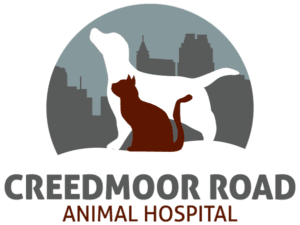Affordable Dental Surgery Locations
Serving the Raleigh – Sandhills Area
Serving North – Central Carolina
Serving Albemarle, NC, and surrounding areas
Serving Troy, NC, and surrounding areas
Providing exceptional medical and surgical care for patients
Providing the highest level of veterinary care
367 East Plaza Drive Mooresville, NC 28115 – Phone: 704-662-8586
Payment Options
In order to maintain our high standard of service, we require that payment is made at the time services are rendered. We provide estimates for all surgeries and hospitalizations. If you have not received an estimate, you are welcome to request one at any time for your expected charges.
We are happy to accept:
- Debit
- Cash
- All Major Credit Cards
- CareCredit (see description below)
- ScratchPay (see description below)
Scratch Pay
Now offering Take 5!
Take 5 lets you break up your bill into 5 easy payments. Your first payment will be today, and the other 4 payments will be due every 2 weeks after that.
No interest. No hard credit check. No worries, period.
CareCredit
The CareCredit credit card can be used for routine veterinary appointments, grooming services, emergency pet care, or a variety of surgeries and treatments your pet may need. It gives pet owners the peace of mind needed to care for pets big and small.
Unlike traditional pet financing or veterinary payment plans, the CareCredit credit card gives you the flexibility to use your card again and again for your pet’s procedures.
Pawlicy Advisor
Pet insurance is a great option to make caring for your pet affordable, and ensure that they receive the care they need, when they need it. With most pet insurance plans, you pay the veterinarian up front and are reimbursed by your insurance provider after filing a claim.
To compare pet insurance provider options, visit Pawlicy Advisor.
All Pet Card
Be there for your pet when they need you most.
Cherry Payments
Get pet care now, pay later.








